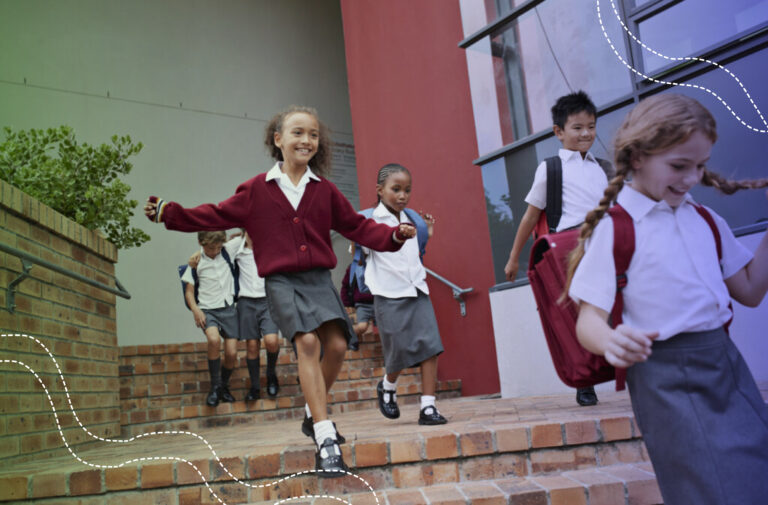Preventing School Shootings: Understanding the Underlying Causes

In our mission to create safe and nurturing environments for our children, the alarming issue of school shootings demands our immediate attention. As parents and educators, we must comprehend the driving forces behind such tragic events and work together to implement adequate preventive measures. Keep reading with Toley, and let’s delve into the insights revealed by recent research to shed light on this pressing concern.
Why Do Shootings Occur?
Students’ voices are powerful tools in our quest for understanding. According to a comprehensive study by Alfred University, revenge is a predominant motive for school shootings. Children were asked to rank various reasons for such incidents on a scale of 1 to 5, with 1 indicating strong disagreement and 5 signifying strong agreement. The responses unveil key motivations:
- Retaliation Against Those Who Hurt Them: A staggering 87% agreed that perpetrators seek to get back at those who have caused them harm.
- Targets of Bullying: Equally alarming, 86% acknowledged that being bullied or teased by peers drives students toward these violent acts.
- Lack of Value for Life: Disturbingly, 62% recognized a lack of value for life as a contributing factor.
- Past Physical Abuse: 61% identified a history of physical abuse at home as a significant trigger.
- Mental Health Issues: 56% of respondents acknowledged the impact of mental health issues.
- Ease of Access to Weapons: An unsettling revelation was that 56% believed the availability of firearms makes such acts more feasible.
Empowering Understanding: Media, Alienation, and More
Diving deeper into the responses, specific trends and associations emerge. Perceptions of violence’s causes appear to correlate with high media usage and racial background:
- Influence of Media: Students with high media consumption were less likely to attribute school violence to the lack of friends, ease of obtaining weapons, discord with parents, peer encouragement, or violence in their neighborhoods.
- Racial Influence: Different racial backgrounds also influenced perspectives. African-American students, for instance, were less likely to cite revenge as a motive or view bullying as a severe issue. Meanwhile, Hispanics were less likely to blame neighborhood violence or personal safety fears.
Promising Initiatives: From Understanding to Action
Understanding these correlations and motives is just the first step. Parents and educators are pivotal in guiding our children toward safe, supportive environments. Open dialogues about the consequences of violence, the value of empathy, and fostering healthy relationships are critical tools in this journey.
While media influence may vary, the importance of promoting positive media content cannot be understated. Encouraging critical thinking and media literacy can help young minds differentiate between reality and fiction, reducing potential desensitization to violence. Also, we must ensure safe havens for kids to learn and express their feelings. This is crucial in the fight against bullying and eventual shootings. By promoting respect, affection, and acceptance, classrooms transform into nurturing realms, boosting emotional growth for all.
Promising Initiatives: From Understanding to Action
Knowledge is our most potent weapon in this collective effort to prevent school shootings. By acknowledging the root causes and exploring strategies for intervention, we pave the way for healthier, safer communities. Together, we can foster environments where every child feels valued, understood, and empowered to create a brighter future.


